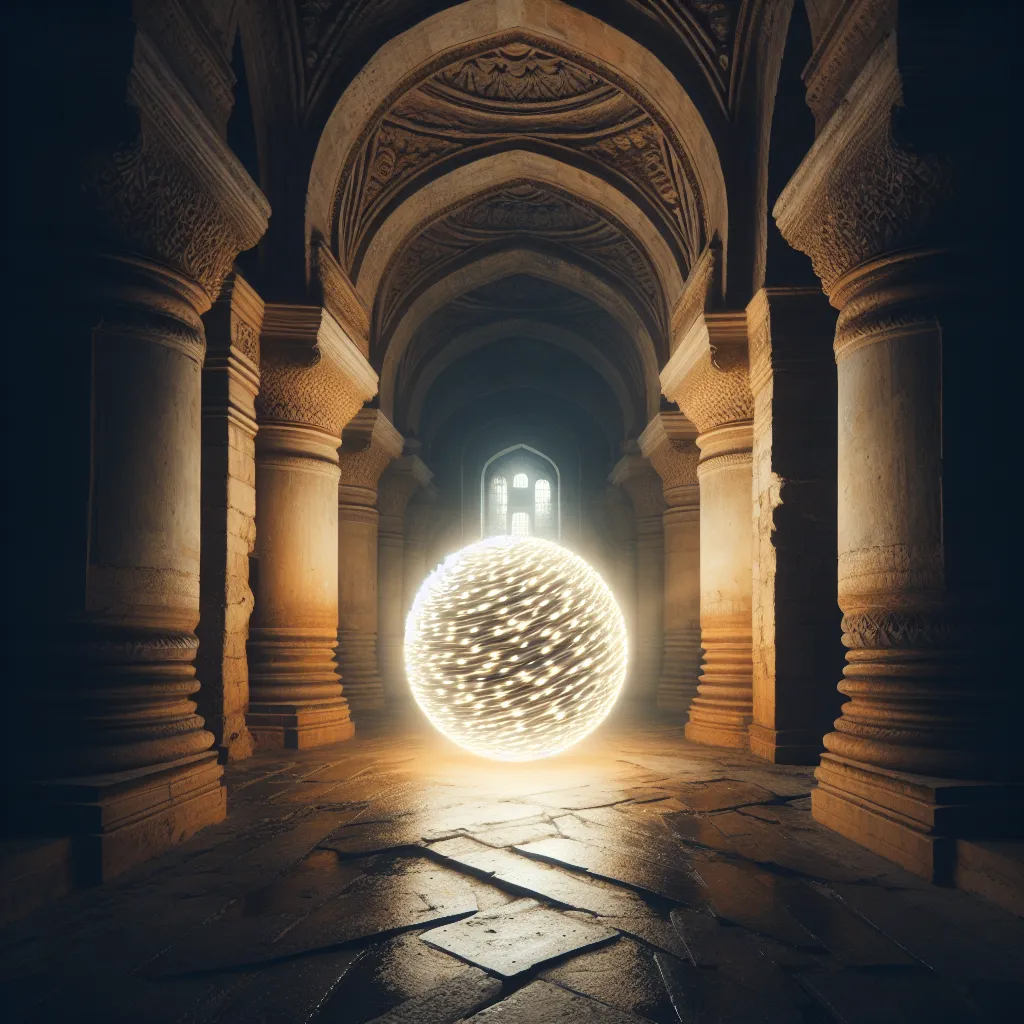Understanding Orb Phenomenon: Exploring the Facts
Understanding Orb Phenomenon: Exploring the Facts
Orbs, those mysterious balls of light that appear in photographs, have long captured the imagination of paranormal enthusiasts and skeptics alike. While some claim that orbs are evidence of supernatural activity, the scientific community offers a different perspective. By delving into the realm of physics and photography, we can unravel the mystery behind these enigmatic spheres.
A common misconception is that orbs are supernatural entities or spirits captured on camera. However, research has shown that the majority of orb phenomena can be attributed to natural causes. One such explanation lies in the way digital cameras capture light. When light reflects off tiny particles such as dust, moisture, or pollen in the air, it can create the illusion of orbs in photographs.
Another factor to consider is the camera’s flash and aperture settings. When the flash is too close to the lens or the aperture is wide open, it increases the likelihood of capturing airborne particles as orbs. Understanding these technical aspects of photography is crucial in demystifying the orb phenomenon.
Furthermore, environmental conditions such as humidity and air quality can influence the appearance of orbs in photos. Areas with high moisture levels or lots of airborne particles are more likely to produce orb-like effects in images. By taking these factors into account, we can begin to demystify the orb phenomenon and separate fact from fiction.
In conclusion, while orbs may seem mysterious and otherworldly, a scientific understanding of the phenomenon allows us to debunk the myths surrounding them. By recognizing the influence of photography techniques and environmental factors, we can appreciate orbs for what they truly are: a fascinating interplay of light, particles, and the camera lens.
Unveiling the Truth about Orb Photography
Orb photography has long been a subject of fascination and debate, with many attributing the appearance of orbs in photographs to supernatural phenomena. However, a closer examination of the science behind orb photography reveals a more rational explanation for these enigmatic images. In this article, we aim to unveil the truth about orb photography and debunk the mystery surrounding it.
Orbs, which appear as circular, translucent shapes in photographs, are often attributed to paranormal activity or spiritual presences. However, research has shown that the majority of orb-like anomalies in photographs can be explained by natural causes, such as dust particles, moisture, or reflections of light. These mundane explanations may lack the sensationalism of supernatural interpretations, but they are firmly grounded in scientific evidence.
Photographic techniques, such as the use of flash in low-light conditions, can also contribute to the appearance of orbs in photos. When a camera’s flash illuminates airborne particles or tiny water droplets, it can create the illusion of orb-like shapes in the resulting image. Understanding the role of photography in producing orb-like anomalies is crucial in demystifying their appearance.
Moreover, advancements in digital photography have enabled researchers to analyze orb images in greater detail. Through pixel-level examination and metadata analysis, it has become possible to discern the true nature of these anomalous shapes. In many cases, what initially appeared as orbs in photographs can be conclusively identified as mundane objects or environmental artifacts.
In conclusion, while orb photography has been steeped in myth and mystery, a scientific understanding of the phenomena is essential in dispelling misconceptions. By examining the natural and photographic factors that contribute to the appearance of orbs in photographs, we can unravel the truth behind these enigmatic images and move beyond the realm of speculation.
Analyzing the Physics of Orb Manifestation
When it comes to the phenomenon of orbs, many people are captivated by the seemingly supernatural manifestations captured in photographs. However, delving into the science behind orbs can unveil rational explanations for their appearance. Analyzing the physics of orb manifestation reveals that these seemingly mystical spheres are often caused by natural factors such as dust particles, water droplets, or insects reflecting light towards the camera lens.
Understanding the principles of light refraction and reflection is essential in demystifying orbs. When light encounters tiny particles in the air, such as dust or moisture, it can scatter and create the illusion of glowing orbs in photographs. Additionally, the proximity of the light source, the camera, and the particles themselves plays a crucial role in determining the appearance of orbs in images.
Furthermore, the camera settings and flash usage contribute to the prominence of orbs in photos. For instance, using a high-powered flash in dusty environments can significantly increase the likelihood of capturing orb-like anomalies due to the intense reflection of light off airborne particles. Analyzing these physical aspects provides a logical framework for understanding the presence of orbs in photographs, dispelling the mystery surrounding their manifestation.
Decoding the Origin of Orb Myths
When it comes to the mysterious phenomenon of orbs, there are various myths and folklore surrounding their origin. Many believe that orbs are paranormal entities or spirits captured in photographs, while others associate them with supernatural occurrences. However, the scientific community has been working to decode the true origin of orb myths and provide rational explanations for their existence.
One common explanation for orbs in photographs is the presence of dust particles, water droplets, or insects in the air, which become illuminated by the camera’s flash or ambient light. These illuminated particles appear as translucent or circular shapes in the captured image, creating the illusion of orbs. Infrared light from the camera’s flash can also reflect off these particles, further enhancing their appearance in the photograph.
Furthermore, the phenomenon of lens flares or light reflections within the camera lens can also contribute to the appearance of orbs in photographs. These optical effects can occur when the camera is pointed directly at a bright light source, causing anomalies in the resulting image that may resemble orbs. Understanding these natural phenomena is crucial in demystifying the origin of orb myths and dispelling misconceptions surrounding their paranormal significance.
By unraveling the science behind orbs and their appearance in photographs, we can debunk the mystery and misconception surrounding this intriguing phenomenon, shedding light on the rational explanations that underlie these seemingly supernatural occurrences.

